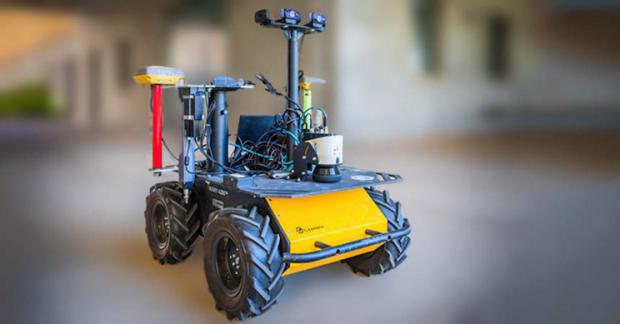
Breaking News
 FULL SPEECH: Tucker on the America First Movement & New "Deplatforming" Agenda
FULL SPEECH: Tucker on the America First Movement & New "Deplatforming" Agenda
 Red Light Therapy And Men's Health: Does It Really Work?
Red Light Therapy And Men's Health: Does It Really Work?
 Kash Patel's New FBI Clown Show - The Bizarre Interview He Will Regret For The Rest of His Life
Kash Patel's New FBI Clown Show - The Bizarre Interview He Will Regret For The Rest of His Life
 One Rifle I Trust for Everything
One Rifle I Trust for Everything
Top Tech News
 This tiny dev board is packed with features for ambitious makers
This tiny dev board is packed with features for ambitious makers
 Scientists Discover Gel to Regrow Tooth Enamel
Scientists Discover Gel to Regrow Tooth Enamel
 Vitamin C and Dandelion Root Killing Cancer Cells -- as Former CDC Director Calls for COVID-19...
Vitamin C and Dandelion Root Killing Cancer Cells -- as Former CDC Director Calls for COVID-19...
 Galactic Brain: US firm plans space-based data centers, power grid to challenge China
Galactic Brain: US firm plans space-based data centers, power grid to challenge China
 A microbial cleanup for glyphosate just earned a patent. Here's why that matters
A microbial cleanup for glyphosate just earned a patent. Here's why that matters
 Japan Breaks Internet Speed Record with 5 Million Times Faster Data Transfer
Japan Breaks Internet Speed Record with 5 Million Times Faster Data Transfer
 Advanced Propulsion Resources Part 1 of 2
Advanced Propulsion Resources Part 1 of 2
 PulsarFusion a forward-thinking UK aerospace company, is pushing the boundaries of space travel...
PulsarFusion a forward-thinking UK aerospace company, is pushing the boundaries of space travel...
 Dinky little laser box throws big-screen entertainment from inches away
Dinky little laser box throws big-screen entertainment from inches away
 'World's first' sodium-ion flashlight shines bright even at -40 ºF
'World's first' sodium-ion flashlight shines bright even at -40 ºF
Researchers Develop Robot That Tells Farmers When to Water Crops

Knowing when exactly to water plants can be challenging enough for an average gardener. For the agriculture industry, it's a huge task that has called for leaps in innovation over the years, so as to help countries manage their water resources wisely.
Now, a group of researchers from UC Riverside and UC Merced has received a grant for more than $1 million from the U.S. Department of Agriculture through the National Science Foundation's National Robotics Initiative to take on the challenge.
The result? The group is developing a robotic pressure chamber that autonomously samples leaves and immediately tests them to provide data on a crop's watering needs.
An autonomous leaf tester
In order to determine water needs, growers typically hand-pick individual leaves from plants before sending them off-site where they are put in pressure chambers. These chambers allow analysts to apply air pressure to determine when water begins to leak from the leaf stems, showing how soon the plant will need to be watered.



